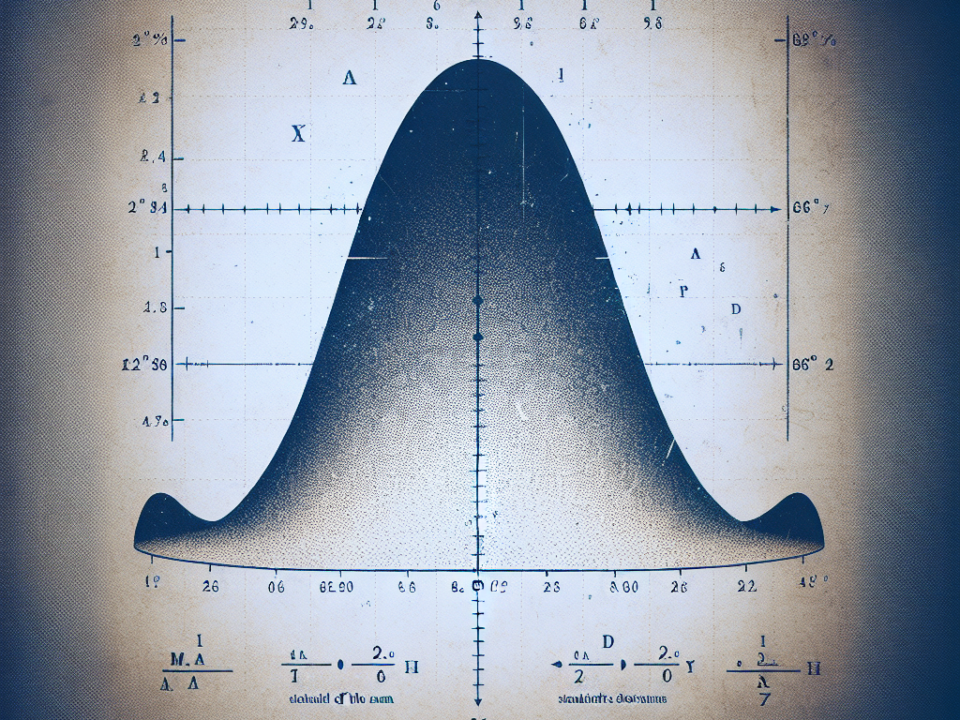[ad_1]
When it comes to conducting surveys or research studies, choosing the right sampling method is crucial in ensuring the accuracy and reliability of the results. In the field of statistics, two common sampling techniques are often used: stratified sampling and cluster sampling. At StatisMed, we understand the importance of selecting the appropriate sampling method for medical research purposes. In this blog post, we will delve into the intricacies of stratified and cluster sampling, highlighting their differences and when it is best to use each method.
What is Stratified Sampling?
Stratified sampling is a sampling technique in which the population is divided into different groups or strata based on certain characteristics. These characteristics could be age, gender, income level, or any other relevant factor. Within each stratum, a random sample is then selected. This method ensures that each subgroup of the population is adequately represented in the sample, leading to more accurate results.
Benefits of Stratified Sampling
- Reduces sampling error by ensuring that each subgroup is represented proportionally.
- Allows for comparisons between different subgroups within the population.
- Increases the precision of estimates for each stratum.
One common example of using stratified sampling in medical research is when studying the effectiveness of a new drug across different age groups. By dividing the population into age strata, researchers can ensure that each age group is adequately represented in the sample, providing more reliable results.
What is Cluster Sampling?
Cluster sampling, on the other hand, involves dividing the population into clusters or groups, and then randomly selecting entire clusters to be included in the sample. Unlike stratified sampling, where individuals are selected from each subgroup, cluster sampling involves selecting entire groups as the sampling unit. This method is often used when it is difficult or impractical to obtain a complete list of individuals in the population.
Benefits of Cluster Sampling
- Cost-effective and time-efficient, especially when dealing with large populations.
- Simplifies the sampling process by dealing with clusters rather than individual units.
- Can be particularly useful for geographically dispersed populations.
In medical research, cluster sampling may be employed when conducting a study on healthcare facilities in different regions. Instead of selecting individual hospitals or clinics, entire clusters of facilities can be chosen as the sampling units, making data collection more manageable.
Key Differences Between Stratified and Cluster Sampling
- Unit of Selection: In stratified sampling, individuals are the primary units of selection, whereas in cluster sampling, entire groups or clusters are selected.
- Sampling Method: Stratified sampling involves selecting samples from each subgroup, while cluster sampling selects entire clusters.
- Representativeness: Stratified sampling ensures that each subgroup is adequately represented in the sample, while cluster sampling may result in more homogenous clusters.
- Data Analysis: Analyzing data from stratified sampling involves considering each stratum separately, while cluster sampling requires accounting for the cluster effect in the analysis.
In conclusion, both stratified and cluster sampling are valuable techniques in statistical research, each with its own advantages and best use cases. StatisMed recognizes the importance of selecting the most appropriate sampling method for medical studies to ensure accurate and reliable results. By understanding the differences between these two sampling techniques, researchers can make informed decisions when designing their studies and analyzing the data.
For more information on statistical analysis services for medical research, visit StatisMed.
[ad_2]







